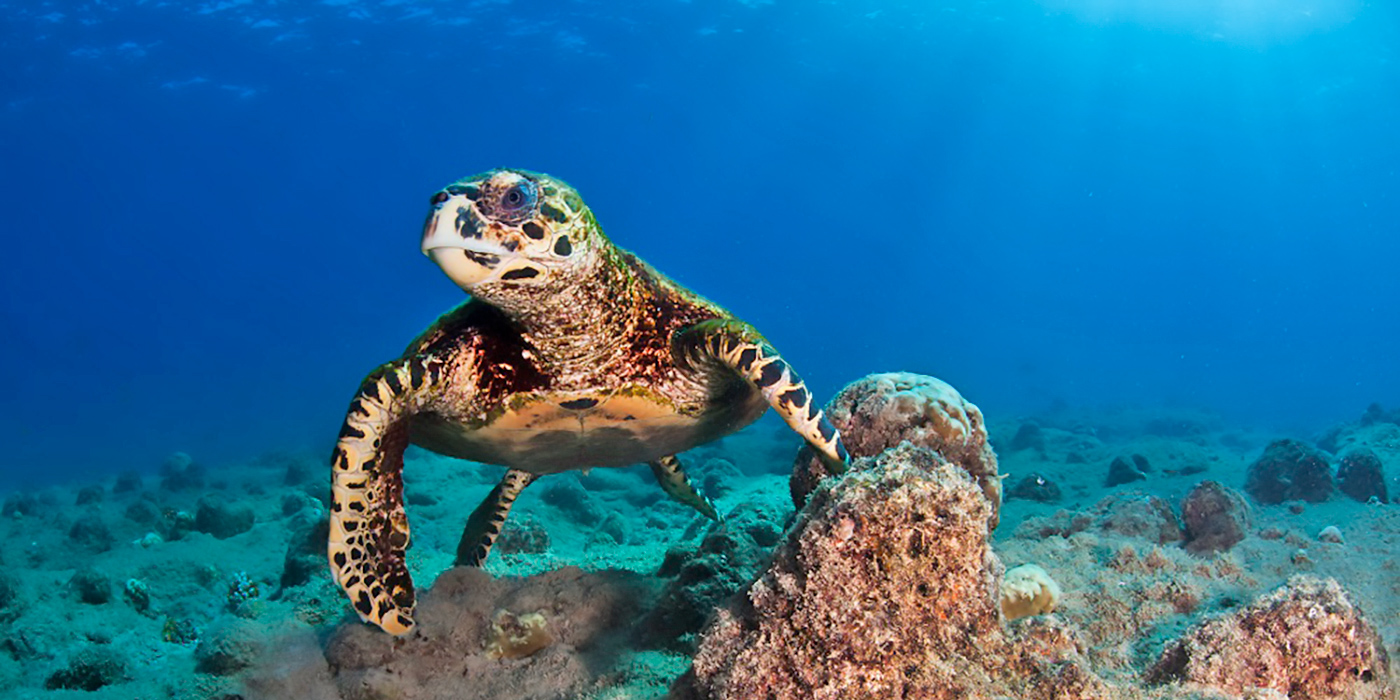
WILDCOAST
CONSERVING MEXICO'S COASTAL & MARINE ECOSYSTEMS
WILDCOAST conserves coastal and marine ecosystems and wildlife. In 2017, they work to conserve special wild places including: Baja’s Pacific Islands Biosphere Reserve, a brand new 2.7 million-acre wildlife reserve offshore from Baja’s Pacific coast, that they've advocated for over the past five years; Laguna San Ignacio, a pristine gray whale birthing lagoon where they have helped to conserve 450,000-acres of habitat; Magdalena Bay, a lagoon that provides sanctuary for gray whales in Baja, where this year they helped to conserve over 182 miles of shoreline and 3,709-acres of mangrove islands; Morro Ayuta beach in Oaxaca, where their team is busy protecting the more than 600,000 Olive Ridley sea turtles that nest there each year; and the coast of California, where they are leading the effort to manage over 500,000 acres of marine protected areas that are home to elephant seals, gray whales, black sea bass, green sea turtles and the elusive leopard shark.
The ATCF and its members have awarded WILDCOAST $30,000 to support the conservation of coral reefs in 687,767 acres of six protected areas in the Mexican Pacific by improving coral reef monitoring, strengthen visitation management, and advancing coral reef legal protection.
THE ISSUE
Healthy coral reefs are critical for healthy oceans, providing ecosystem services including carbon intake, coastal protection against hurricanes, nurseries for commercially important species, and research and tourism opportunities. Coral reefs are a first-line defense against rising sea level and other impacts of climate change. The reefs of the Mexican Pacific provide more than 20 million USD annually in ecosystem services. In the Gulf of California, they support habitat for at least 450 wildlife species including sea turtles, whale sharks, countless invertebrates and fish. Coral reef observation is one of the primary attractions in Cabo Pulmo, employing approximately 2,000 local people that serve more than 50,000 tourists/year. In 2016, according to the Secretary of Tourism, Huatulco National Park and its coral reefs attracted over 600,000 visitors. Unfortunately, these coral reefs are threatened by unsustainable coastal development, unregulated tourism operations and climate change.
THE GOAL
WILDCOAST's mission is to conserve coastal and marine ecosystems and wildlife, such as the coral reefs found along Mexico's Pacific coastline. The Coral Reef Conservation Project is strengthening the conservation of 686,767 acres of natural protected areas with coral reefs on Mexico’s Pacific coastline by improving coral reef monitoring, visitation management and legal protections for coral reefs in six protected areas(Cabo Pulmo, Huatulco, Isla Espiritu Santo, Bahia de Loreto, and Isla Isabel National Parks and Cabo San Lucas Area of Protected Flora and Fauna. Some examples of this work includes the installation of mooring buoy systems to reduce impacts from anchoring on the reefs, standardizing monitoring and data analysis across the protected area network, and trainings and materials on coral reef best visitation practices. WILDCOAST is partnering with Mexico’s National Commission for Protected Natural Areas (CONANP), tourism outfitter businesses, researchers, and local communities to carry out this project.
PROJECT UPDATES
MORE ABOUT WILDCOAST
WILDCOAST believes that through commitment and acting with integrity they can engage and inspire effective, socially responsible and sustainable use of our coastal resources in order to have the greatest impact in our world. Through their work and values, they can ignite a passion for marine conservation in each person that will collectively benefit their organization and the world.















